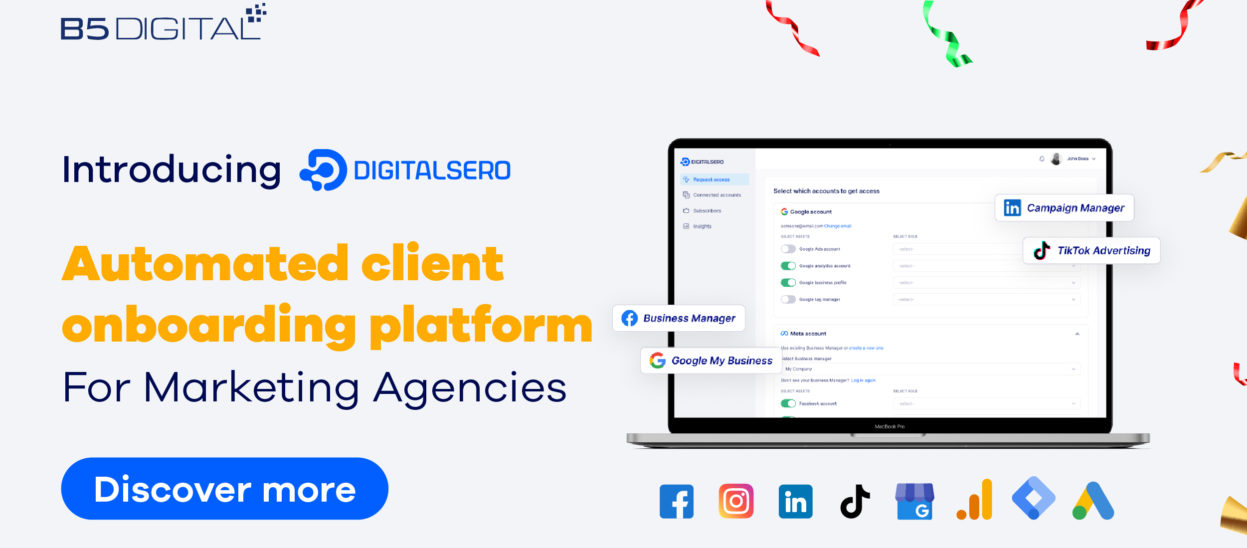The 5 Steps of Software Development: Your Full Guide
Software development isn’t about coding a solution and bringing it to work in a few weeks or months. Like any physical product, the development of a software product can be efficient or not. It also comprises different phases and goes through a lifecycle.

There are also different software company roles, with each role being crucial for bringing a software product to life.
Many of the professionals inside software companies don’t get to code at all, like designers who are responsible for making the product impress users visually and facilitate how they use its features, and testers who detect bugs and flaws to help make the product more polished.
In this blog, we are focusing on the life cycle of a software project, and what is needed to start creating a software product from idea to delivery.
Software Development Lifecycle: The 5 Steps
Planning and validation
Early on and even before the software product development starts, you definitely have an idea of what this software product mainly does, and what problem it solves for users.
Planning is a critical stage to make sure this software is going to succeed when it launches. Initially, you need to validate the idea of the software. A great question to answer is whether users really need this software solution or not. There are other questions that need answers: Is this problem worth using a software to solve? And will users pay for this?
You can validate the idea in different ways, including competitor research, broader market research and surveys. Once you have validated the ideas, you should define the goals you want to achieve and translate them into features and requirements.
Building a list of features and requirements should be as comprehensive as possible, because this is a critical part of planning. Development companies should resist the urge to add unnecessary features to the first versions, to reduce risks and make development more organized and efficient.
The time frame, team members, technologies to use, the integrations, expected costs can all be part of the product requirements document planning for the way ahead.
Analysis and design
During the analysis phase, you need to analyze, document and validate the requirements, to ensure they are needed and their implementation is worthy. You also need to determine the tasks that you need for making a functional product and listed. Without analysis, design can’t be completed successfully.
The design phase comes next with three levels:
- Architectural design: The system, its main modules and the interactions are roughly imagined.
- High-level design: Provides a better view of the components and modules in the architectural design.
- Detailed design: The most detailed version of the software design, where features and interactions are detailed.
Implementation
After the design and analysis phase, the implementation phase comes. During implementation, the software product is coded, but first graphically designed.
Using visual elements, app pages are imagined and visualized. Visual design of a software is called UI/UX design, as it incorporates User Interface and User Experience. The designer can do one or both, and it is usually both.
User Interface (UI) design is more about the looks, the colors, how they align with the brand and how the user will perceive them. User Experience (UX) design is more into the intuitiveness and ease of use of the design of the interface, which just like UI, contributes to how much and easily users will benefit from the product and like using it.
After the product is designed, here comes coding and making the product functional. Team members who contribute to coding are called software developers or software engineers, and they can be specialized in any of the available programming languages.
Despite not being the only stage in the software development lifecycle, coding is definitely the cornerstone of the process, as it is usually a complex process with challenges showing up.
To ensure this stage goes smoothly, your team of developers should be all qualified for their tasks and capable of the languages and technologies they need for the project.
Integrations are also part of the coding phase, so any APIs that need to be integrated are integrated during this phase.
Testing
Testing is a phase that usually goes with development, as each feature is tested after coding it. Dedicated quality assurance engineers (testers) are responsible for using different tools and skills to detect bugs in every feature.
Quality assurance can also be proactive, so quality assurance engineers can sometimes offer guidelines to developers to help them avoid repeating flaws, by defining root causes of bugs.
You also need to test the security of the software product as part of the quality assurance process. To ensure data handled is not vulnerable and the software solution can’t be tampered with for malicious intents.
Deployment and publishing
After the product is finally polished, it is ready to be deployed and published. For example, If the product is a web app. You usually deploy it to a cloud environment to be ready for users to use it on a web browser. Next, it to publish and make it available to users. Usually with a marketing website for users to know what it offers.
The development process doesn’t actually end here. As you need to update most of the software products with new features that users need, enhancements to user experience, support of new technologies or operating system updates and closure of security vulnerabilities.
Software Development Life Cycle: Agile Vs Waterfall
In addition to different stages through the development lifecycle. It also matters how these stages will function at the inside, and this relies on the methodology used. Development methodologies are mainly divided into Waterfall and Agile methodologies.
The classical waterfall methodologies rely on working on the whole software project as one big task. Then trying to deliver all of its planned features to finally publish it. This is how software development are working a few decades back, before Agile has become the norm.
Agile development methodologies are ones that break software development into smaller tasks, called sprints. While trying to focus on sprints like they are small projects to boost focus, productivity and adaptability to changes.
Agile development has also developed to promote delivering software products earlier with the most important core features, gathering early feedback. And using this feedback during the development of the rest of the features.
According to the specific agile framework used (Like Scrum and Kanban), the details of the software product development lifecycle change. Not only the details, but also the roles. As Scrum for example has the product owner and the scrum master roles that are part of bringing the framework to life.
How to improve the software development process?
It is not hard to build a random team to create a software product. However, this type of software will hardly be competitive or deliver high value for users.
With a huge number of software products out there, delivering a mediocre product never works. You need to always aim for excellence. Those are some of our top tips that we believe can help you build a better software product.
Deliver real value
One of the most critical questions you need to answer is: Why should users use my product instead of the competitors’?
You can be delivering a better interface, that is easier to use, more features, a more competitive price, a more flexible pricing model, a free trial or all of them. Knowing the reason they should use your product instead of others will help you take the development to the right path, and be able to market the product effectively.
Consider integrations
One of the reasons that can bring users to your product instead of other ones is because of the integrations you offer. If you support APIs that people are searching for, seamlessly and with no issues, then you could be saving them tons of money, and they can definitely choose you for this.
Planning for integrations earlier during development and using the technologies that facilitate the integrations that you expect can be a great way to develop the product more efficiently.
Avoid building a mediocre team
Only a great team can build a great product. You can’t expect to build the best possible product if you’re not sure you are building the best possible team.

Many businesses tend to prefer hiring a software development company instead of developing products in house for this reason alone. Building a team requires expertise and technical knowledge.
Make use of user feedback
One of the greatest practices that you can do to enhance the software development process is to try to gather feedback, and make use of it. As early as possible during development.
The best way to do this can be building a Minimum Viable Product or an MVP, which is the first version of the software product that you will test the market with. Then have early feedback by publishing it only with the core features of the software.
User feedback about certain features can help you avoid rebuilding features later on. While having a better expectation of what can impress users while building brand new ones.
Prioritize scalability
One of the biggest mistakes during software development is that companies don’t consider the whole scale of the project. So they have to make unneeded big changes.
Choosing the development technology should be understood as a critical decision that is made. After being informed of all the advantages and disadvantages of the available options.
Make sure that your software is ready for more features and integrations in the future. And never build a product that ignores any future scaling and only focus on the features written for now.
Final Thoughts
Like any physical product that you develop, a software product goes through a whole lifecycle. All of the stages are equally important to bring a high quality product that can deliver good performance. Especially in the nowadays competitive and mature software markets.
At B5 Digital, we ensure that we follow the Scrum methodology alongside some other the best development practices to deliver the highest quality products. You can discuss your project (or pretty much anything else related to software development) by getting your free consultation without obligation.





